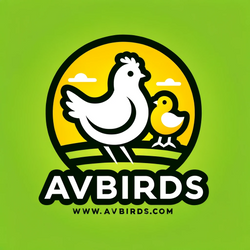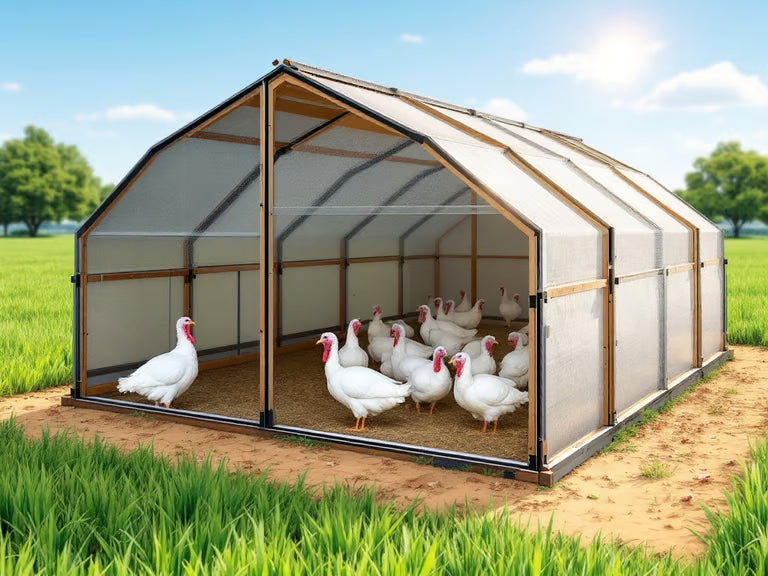Planning to buy or raise a live turkey for Thanksgiving in California can feel like juggling a dozen tasks at once. But with the right checklist, you’ll handle your bird like a pro. In this guide to live turkey handling for Thanksgiving, you’ll get friendly, step-by-step advice on purchasing, housing, health checks, transport, and food safety. Let’s dive in.
Plan Your Turkey Purchase
Before you pick up your bird, make a clear plan on size, breed, and legality.
Choose Suitable Breed
- Broad-breasted White cooks quickly and yields tender meat
- Heritage breeds (like Bourbon Red) offer deeper flavor and hardiness
- For more details, see live turkey breeds for thanksgiving
Determine Size And Quantity
- Rule of thumb: one pound per guest, plus extra for leftovers (Good Housekeeping)
- A 12-pound turkey comfortably serves 10–12 people
- Check live turkey weight for thanksgiving to dial in your numbers
Verify Availability And Permits
- Live turkey availability in california can spike in October
- California requires specific permits for livestock transport—review live turkey regulations in california and live turkey permits for thanksgiving
- For local sources, visit avbirds.com/thanksgiving-turkey
Explore Hatching Options
If you want to hatch your own flock, browse turkey poults and hatching eggs at avbirds.com/turkey-poults-and-hatching-eggs. You can also learn more at raising live turkeys for thanksgiving.
Prepare Your Turkey Housing
A comfy, secure space keeps your turkey calm and healthy before Thanksgiving.
Meet Space And Shelter Needs
- Confined birds need 3–4 sq ft per turkey; free-range turkeys need about 100 sq ft each (Freedom Ranger Hatchery)
- Provide a sturdy shelter to block wind, rain, and predators
- Review live turkey housing requirements for detailed specs
Set Up Feeding And Water Stations
- Use spill-proof feeders and fresh waterers—replace water twice daily
- Offer a starter feed with at least 28% protein if poults are young
- Check live turkey feeding guide for tips on balanced rations
Conduct Health Inspections
Early detection of illness prevents outbreaks and stress.
Look For Signs Of Illness
- Clear eyes, smooth feathers, and steady gait are healthy signs
- Watch for sneezing, nasal discharge, or lethargy
- Separate and monitor any bird you suspect is unwell
Follow Biosecurity Practices
- Limit visitors and sanitize boots before entering the turkey area
- Quarantine new arrivals for at least 10–14 days
- See live turkey health tips for thanksgiving for more measures
Coordinate Safe Transport
Moving your turkey safely reduces stress and injury.
Pack Birds Correctly
- Use well-ventilated crates, three to five adult birds per crate (Virginia Cooperative Extension)
- Line the crate floor with clean, dry litter to absorb droppings
Control Temperature And Ventilation
- Aim for 55–75°F inside transport crates
- Avoid windy or extremely hot days—early morning runs work best
- Maintain gentle handling to keep turkeys calm (Modern Poultry)
Practice Food Safety
Proper sanitation and cooking kill pathogens and protect your guests.
Apply Clean, Separate, Cook, Chill
- Clean hands, tools, and surfaces before and after contact
- Separate raw poultry from other foods to avoid cross contamination
- Cook turkey to at least 165°F internal temperature
- Chill leftovers within two hours, store at or below 40°F
(Source: Extension for Real Life)
Check Internal Temperatures
- Use an instant-read thermometer in the thickest thigh and breast
- Confirm juices run clear once the 165°F target is met (Martha Stewart)
Store Leftovers Safely
- Refrigerate within two hours of carving
- Keep in airtight containers up to four days, or freeze for up to four months (USDA)
- Explore live turkey leftovers recipes for thanksgiving for tasty ideas
Finalize Handling Checklist
A quick run-through ensures nothing slips through the cracks.
Review Regulatory And Permit Needs
- Double-check local zoning and livestock ordinances
- Confirm live turkey insurance for thanksgiving if required
Plan Post-Thanksgiving Care
- Decide on live turkey slaughtering process or donation—see live turkey slaughtering process and live turkey donation options after thanksgiving
- If you’re keeping the bird, review live turkey care for thanksgiving for after-care tips
- For disposal, follow live turkey disposal methods after thanksgiving
Key takeaways
- Plan breed, size, and permits well before October
- Provide secure housing with proper space, food, and water
- Inspect health daily and maintain strict biosecurity
- Transport in cool, well-ventilated crates to reduce stress
- Follow the 4 C’s and verify 165°F for food safety
You’ve got this, you’ll handle your live turkey smoothly, and you’ll impress your guests. Have a tip or question? Drop it in the comments so everyone can benefit!

